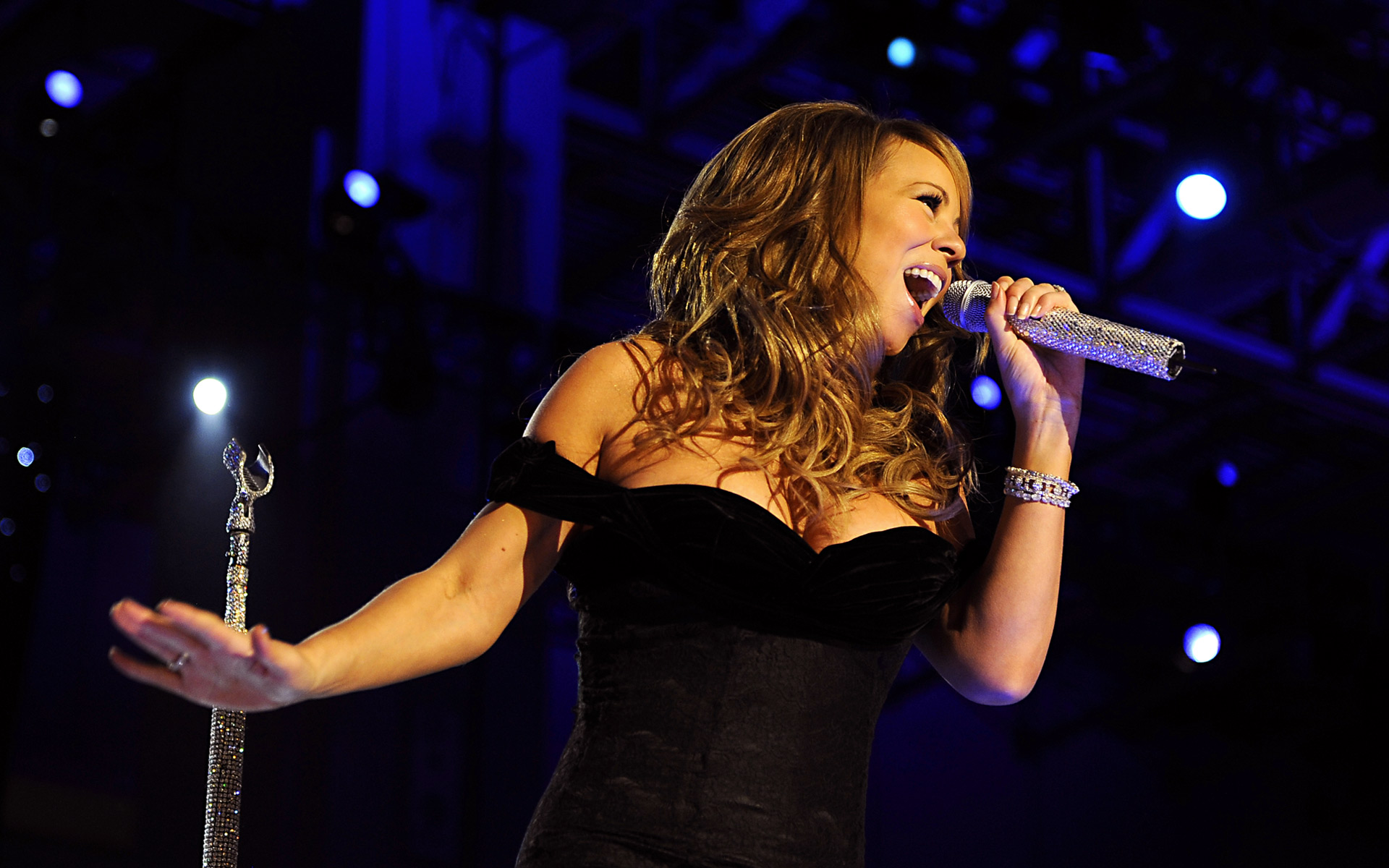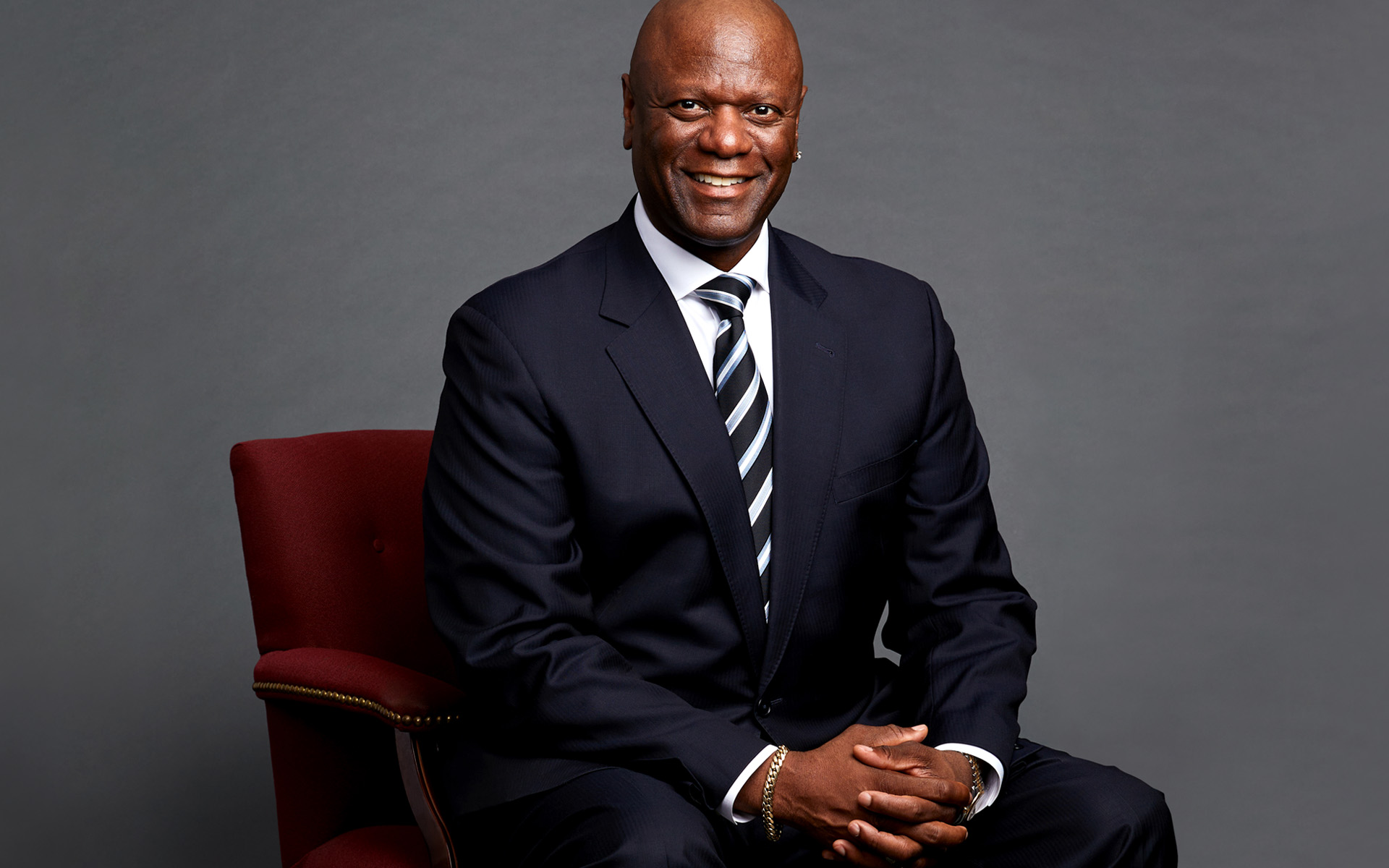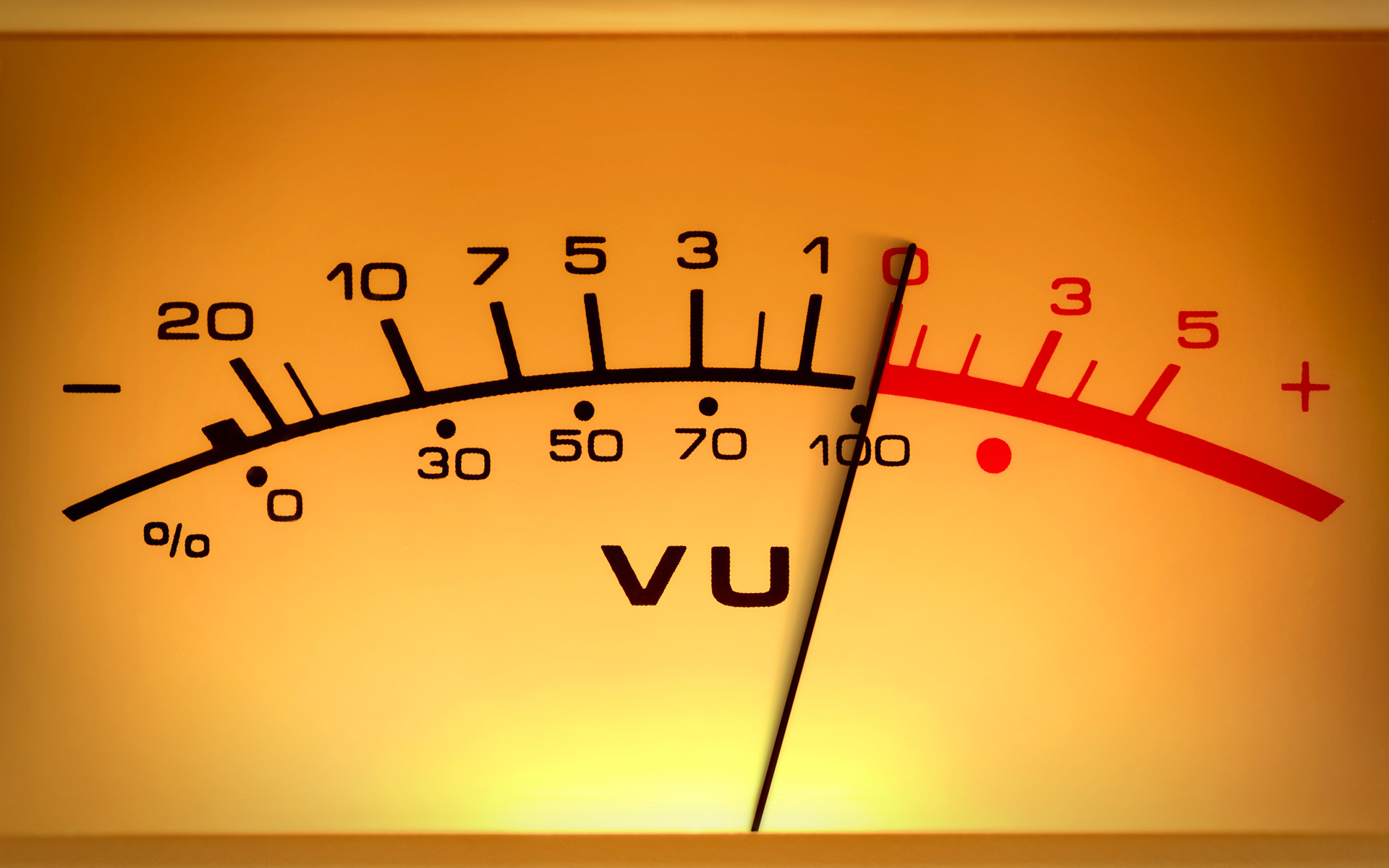The following information on vocal improvisation is excerpted from the Berklee Online course Improvisation Techniques for Singing Pop and R&B, written by Gabrielle Goodman, and currently enrolling.
Vocal improvisation exists to enhance and support a song. The performance of a song, with or without improvisation, is dependent on your knowledge of the piece. The more you know the song, the easier it will be to perform it. Many pop and R&B recordings have improvisational lines embedded in them. When considering a song, you must decipher what the written melody is and where improvised lines occur. You can either learn the improvised section of the original artist, or figure out where to improvise on your own!
Studying the greats is important when developing your own vocal improvisation style. Not only will you learn what makes their voices unique, but you’ll also learn what makes your voice unique so you can set yourself apart from them. We’ll discuss the vocal improvisation techniques of famous pop and R&B singers, and while doing so, think about which techniques you wish to employ. Follow along with the listening examples provided in a Spotify playlist on the berkleeonline account called “R&B Improvisation.”
Mariah Carey
Vocal Improvisation Techniques: Whistle Tones, Octave Leaps, and Pentatonic Riffs
In the 1990s, singers began to use highly ornate riffs borrowed from gospel artists. Carrying Minnie Riperton’s use of the whistle tones forward, Mariah Carey began to integrate these kinds of riffs with whistle tones and this became a part of her signature sound.
Carey set a new precedent by singing whistle tones with riffs based on minor pentatonic lines. Like Minnie Riperton, she is known to go from a very low note to a whistle tone within a short phrase, sometimes leaping two octaves within a phrase or on one word. The difference between the two singers is that Carey’s style of singing is influenced heavily by gospel, and therefore contains faster riffs. Her chest voice is also heavier than Riperton’s. Both have had a tremendous impact on singers who have access to whistle tones and strive to use them.
Tones in the whistle register are created by using the anterior part of the vocal folds, allowing only the back of the backs of the folds to meet. When striving to access these tones, one cannot simply determine that they will make the anterior portion of the vocal folds meet and produce the notes. It happens as a result of keeping the sound as light as possible while employing forward placement and determining the actual note. You also must have the note within your range. If these notes are not a part of your range, they won’t happen.
Ray Charles
Vocal Improvisation Techniques: Blues Riffs, Growls, Shouts, and Falsetto Flip
Ray Charles Robinson won a total of 17 Grammy awards as singer, pianist, writer, and arranger whose musical styles spanned R&B, pop, jazz, gospel, and country western. His career spanned over 60 years with chart-topping hits that remain a staple in many genres to this day. He is widely known as one of the architects of R&B music.
Born on September 23, 1930, Charles’ hits helped usher in a new kind of R&B music in the 1950s. He is the link between the jump blues of the 1940s and the soul music that followed. It must be stated that the earliest form of R&B, then known as the jump blues, generated hits by Louis Jordan and others, which were almost all based on blues changes, such as “Choo Choo Ch’Boogie” (1947) known as the first R&B hit, “Ain’t Nobody Here But Us Chickens” in 1947, and “Let the Good Times Roll,” which was later sung by Ray Charles.
Early hits by Charles include 1954’s “I Got a Woman,” 1958’s “Night Time is the Right Time,” 1959’s “What’d I Say,” 1961’s “Unchain My Heart” and “Hit the Road Jack.” This group of songs earned Ray Charles Grammy awards and gold records, propelling his music to the Billboard top 100s list. These songs are by no means the full scope of his award-winning hits.
Charles was among the Black artists who began to combine gospel and the jump blues in the 1950s, which resulted in songs that contained blues changes, blue notes, gritty textures, shouts, and many improvisational tools that were previously used in gospel and the blues. This created an emotionally charged, soulful sound that connected with listeners whether the songs were fast or slow. These tools coupled with new funky beats helped to create the R&B subgenre that we now know as soul music. Charles’ music set the stage for James Brown, Aretha Franklin, the Jacksons, and many other R&B artists. It also paved the way for modern pop music, which currently includes many of the improvisational tools borrowed from soul music.
On a personal note, I had the pleasure of meeting and opening for Ray Charles on a number of occasions when I was singing background for Roberta Flack in the early 1990s. I can say that his shows were nothing short of spectacular. The level of improvisation and energy in his singing and playing kept everyone on the edge of their seats. His vocal style, peppered with blues riffs, growls, and shouts kept the performances fresh night after night. He was also a master at flipping into his falsetto at the pinnacle of a song, creating an emotional stir.
Sam Cooke
Vocal Improvisation Techniques: Use of Legato, Gritty Textures, and Conversational Phrasing
Sam Cooke is an artist whose career spanned both the pop and R&B genres in the 1950s and created a sound that is still emulated. He started off as a gospel artist and brought many of the techniques from that genre into his work as a pop and R&B artist. The singer, songwriter, and producer is perhaps best known for the classic R&B anthem, “A Change Is Gonna Come,” although he had several chart-topping singles, including “You Send Me,” “Another Saturday Night,” and “Twistin’ the Night Away.” Sam Cooke utilized legato phrasing with a delivery that was generally smooth and connected. We hear his distinctive use of legato in “You Send Me.”
Cooke was known for his use of combined smooth and gritty textures. Here we see the use of legato combined with smooth and gritty textures. In legato phrasing vowel sounds are elongated. This creates a smooth sound. This is why we use the term “legato line.” Believe it or not, you can have smooth or legato phrasing while still employing gritty textures. That was the beauty of Sam Cooke’s style.
When we consider legato in this case, the line is smooth and everything is connected. It must be stated that a legato line in pop and R&B is different from the legato line used in classical music, where vowels are blended, modified, and often extended longer, sometimes to create a long line. The phrases in classical music are often longer as well. In pop and R&B music, the phrases are shorter, like phrases used when speaking.
Conversational phrasing is much like the length of the phrases we use when we speak, as opposed to the longer phrases that are often used in “traditional” music (i.e., opera and art songs) and some musical theater pieces. In conversational phrasing, the phrases are shorter and more breaths are taken. An example would be “I love you for sentimental reasons” all in one phrase, with no breath, vs. Cooke’s more conversational “I love you, (breath) for sentimental reasons.”
Aretha Franklin
Vocal Improvisation Techniques: Numerous, but we’ll focus on Belting.
We can’t discuss vocal improvisation without mentioning the Queen of Soul, Aretha Franklin. A masterful belter and improviser, Aretha has inspired and influenced everyone from Chaka Khan to Kelly Clarkson and beyond. There is much to discuss when we think of the many techniques Franklin employed. Since it’s likely what she was best known for, let’s use this space to examine Franklin’s use of belting. “Respect” is the perfect song to demonstrate belting. In this track, Aretha belts everything, from the opening line to the last note of the song with power, clarity, and soul. Belting is loud singing.
Let’s explore volume levels and what it takes to build up breath pressure for loud belting. As Aretha Franklin was a masterful belter, we will explore her use of belting and how it can be used to bring sheer excitement to a song. Some singers find it easy to sing loudly. Some may sing too loudly and may need to temper the volume and dial it back a bit, while others may need to work harder to project the voice.
Aretha Franklin was unafraid to be bold and sing her story loudly. Imagine, if you will, Aretha Franklin singing “Respect” softly. Something would be lost in the interpretation. Certainly, Aretha could sing softly when needed, but listeners always knew that those big belting notes were coming, and audiences were energized and inspired when Aretha socked it to them. Belting was a staple in her style that was embedded in her delivery from her experiences singing gospel and the blues, both of which involve belting and shouts.
Aretha’s version of “Respect” (Otis Redding, who wrote the song, recorded the original) is so impactful because of the power of her voice. Her performance of this iconic song (as well as her drastic reimagining of the original) is a benchmark for performance in R&B and standard-setter for soulful pop as well.
It was said that Janis Joplin patterned her singing after Aretha Franklin, and Joplin influenced an entire generation of pop and rock singers. This is where the genres meet. It’s also important to note that Jennifer Hudson and Kelly Clarkson, who are strong belters in their own right, also garnered success with recordings and performances of Aretha Franklin’s hit songs. Hudson even played Aretha to great effect in the 2021 film, Respect. It’s clear that many incredible singers studied Franklin.
Tina Turner
Vocal Improvisation Techniques: Gritty Textures, Blue Notes, Slurs, and Syncopated Phrasing
Tina Turner is an iconic artist who has sold more than 100 million records worldwide and garnered 12 Grammys. She is ranked among the 100 best singers of all time and has influenced generations of artists.
Turner uses her chest voice, gritty textures, blue notes, and slurs to create an emotional and soulful delivery. Listen to her 1963 performance of “A Fool in Love,” which displays many of these tools we discuss throughout this article and sets the stage for her hits that would emerge later from the 1960s to the 2000s, including 1966’s “River Deep – Mountain High,” 1970’s “Proud Mary,” 1984’s “What’s Love Got to Do with It,” and 1989’s “The Best.” In addition to gritty textures, blue notes, and slurs, she also uses syncopated phrasing throughout the song.
Of the songs listed, “Proud Mary” perfectly illustrates Turner’s ability to go from a sizzling slow groove to an uptempo feel adding the right improvisational lines that continue to infuse the song with energy from beginning to end.
Roberta Flack
Vocal Improvisation Techniques: Pure Tones, Conversational Phrasing, and Use of Breath
Multi-Grammy award-winning Roberta Flack is an artist who inspired the world with her first hit “The First Time Ever I Saw Your Face” in 1972, followed by the hit “Killing Me Softly” in 1973. A string of hits followed throughout the 1970s, ’80s, and ’90s. She especially excels in duets, as evidenced by her work with Donny Hathaway and Peabo Bryson. She is an artist who is known for her purity of tone, expressive conversational phrasing, and soulful sound.
Flack is revered by generations and her artistry has garnered praise and accolades from artists such as Lauryn Hill and Alicia Keys. On a personal note, as someone who worked with her for many years, providing backing vocals, I can say that her command of the voice is stellar. She has a keen awareness of phrasing and uses the breath as an emotional expression as well as a necessary means of support to keep her instrument vibrant throughout each song she sings.
Chaka Khan
Vocal Improvisation Techniques: Use of Staccato, Octave Displacement, Belting, Twang, and Pentatonic Riffs
There is much to be studied when we consider the vocal presence of Chaka Khan. One of the devices that she is famous for is octave displacement. Her wide range allows her to sing the melody in the lower register on the first verse of a song and then belt the melody up an octave later in the song. She offers a perfect example of this on 1977’s “Everlasting Love.” This is also a tool that is widely used by Aretha Franklin. Another device used by Chaka is the rhythmic pattern of an eighth note followed by a dotted sixteenth note. This creates a staccato, sassy feel in her phrasing.
Along with the attributes mentioned above Chaka is known for her powerful belting and soulful phrasing. In addition to that, she often produces a wide/lateral timber (vocal texture) that creates a decidedly edgy sound. There is a lot of twang in this texture that can be achieved by using a horizontal mouth position as if smiling widely.
Listen to the following Chaka Khan songs and see if you can hear some of her vocal devices: 1978’s “I’m Every Woman,” 1984’s “I Feel for You,” and 1992’s “You Can Make the Story Right.”
There is much to observe when we consider the improvisational stylings of Chaka Khan, from belting to her use of pentatonic riffs, to her vocal textures ranging from a smooth, velvety tone to twangy textures.
Elton John
Vocal Improvisation Techniques: Conversational Phrasing, Slurs, Twang, Syncopated Rhythms, Falsetto, and Blue Notes
Pop icon, singer, songwriter, and pianist Elton John utilizes conversational phrasing along with slurs, twangy textures, syncopated rhythms, falsetto, blue notes, and many tools from our tool kit to spice up his songs. Debuting with the obscure album Empty Sky in 1969, and then being thrust into superstardom with Goodbye Yellow Brick Road in 1973, Elton John produced a long string of hits that has spanned decades. “Your Song” and “Bennie and the Jets” are two of his biggest hits from his early recordings, but there are many more. Check out his conversational phrasing in 1972’s “Honky Cat,” his syncopation in 1973’s “Saturday Night’s Alright (For Fighting).”
Patti LaBelle
Vocal Improvisation Techniques: Belting, Flipping from Head to Chest Voice, and Twangy Textures
Known for her powerful belting over several decades, Patti LaBelle was the lead singer for the group Labelle (Patti LaBelle, Nona Hendryx, Sarah Dash) in the 1970s, which introduced “Lady Marmalade” in 1974. LaBelle is a premier belter and improviser who has influenced generations of singers (including me). I had the pleasure of doing a short tour providing backing vocals for Patti LaBelle in the early 2000s and I was amazed at her ability to sing song after song without any sign of fatigue. I began to call her a super-singer after that. There are only a few artists who can do that.
I believe that her twang technique has played a huge role in allowing her to sustain her voice while belting throughout the years. You can hear the twangy texture in her upper and lower registers in every song. In addition to that, LaBelle is adept at flipping into her head register, producing operatic-type head tones at a moment’s notice and quickly flipping back to chest voice.
Freddie Mercury
Vocal Improvisation Techniques: Belting, Mixed Voice, Forward Placement, Twang, and Gritty Textures
Freddie Mercury was a pop rock artist who explored his range and musicality to the fullest extent. A member of the group Queen in the 1970s and ’80s, Mercury’s vocal style is still among the most studied and imitated years after his untimely death. His high, clear tenor voice can be heard on the iconic Queen recordings including “Bohemian Rhapsody” and “We Are the Champions,” which test the limits of his range.
Mercury employed belting, mixed voice, forward placement, twang, and also used gritty textures from time to time in his vocal delivery.
As we’ve stated already, studying these iconic singers is important, but what’s more important is to take what you learn from them and put your own stamp on it. Take a look at somebody like Ariana Grande, who can not only impersonate most of the singers on this list to comedic effect (check out the videos), but she has also forged her own voice . . . and you can too!
Earn your bachelor’s degree in Voice Performance at Berklee Online!












